Big race: how very soon Formula 1 will change
Soon, Formula 1 may once again change beyond recognition.
If you know the terms “regenerative braking” and “adjustable rear wing”, then talk about technology the most prestigious car races in the world are not needed. Well, a person who is not familiar with big races should, first of all, say the most important thing: the technical regulations determine the characteristics of the car, for which the Stuarts of the International Federation of Motorsport (Fédération Internationale de l'Automobile) are responsible. It is the FIA officials who we must thank for the safety of prestigious motorsport. And also for the terrible front “noses” of Formula 1 cars, the HALO protective system that is frightening and for the fact that the sound of millions of fans of the roaring V8 engines familiar to them was replaced by the “buzzing” of 1,6-liter V6 turbo engines.
However, all this is trivial in comparison with the negative that fans receive after the long-term dominance of Red Bull or Mercedes. When the winner of the Cup of designers becomes actually known back in June, when it is very, very far from the end of the season. However, claims in this case should be voiced not by the FIA, but by teams that cannot effectively confront the leader. Perhaps everything will change in 2021, when the new regulations come into play. Let's see what exactly will be the Formula 1.
During the Canadian Grand Prix in the first half of June, the teams received a voluminous reform project of 2021, which included both sports and technical regulations. Everything could be decided relatively quickly and “painlessly”, but following further negotiations between the teams, the FIA and the Formula One Group, they decided to postpone the adoption of regulations until October of this year.
However, the information that has appeared earlier gives a lot of reasons for joy (or for sadness, depending on which side to look at). For example, it became known that a group of technical director of the championship, Ross Brown, is working on the technical regulations: the main task is to reduce the effect of air turbulences behind the car on the aerodynamics of the pursuer’s car. In the future, this will supposedly provide longer and more exciting fights on the track. So far, according to the Championship, no one provides accurate data, however, according to unconfirmed reports, one can expect the return of the ground effect, in which rarefied air under the car’s bottom will generate the bulk of the downforce.
- said Ross Brown earlier.
Another important goal is to reduce costs. If you believe the information presented earlier, the organizers want to increase the number of unified components - we are talking about details that do not fundamentally affect the speed of the car, but require large investments in development. The Formula 1 management wants the teams to be supplied with gears by a single manufacturer selected by the FIA, and components such as the steering column, brakes, rims and HALO teams built themselves, but according to the drawings provided by the federation. Or by purchasing these parts from one manufacturer.
Specialists also sincerely tried to make cars more attractive: at least in the first stage. The concepts presented in 2018 demonstrated futuristic models that many compared to the “heroes” of racing computer games. Models with thin tires and wide, but low rear wing, looked much better than what is now, regardless of the criteria for determining beauty: in general, in comparison with modern Formula 1 cars, any other car will seem to be the top model among cars.
They even tried to make the defiantly disgusting HALO more elegant, although in front it still looks like a foreign element. However, as some perspicacious experts suggested, reality presented a number of unpleasant surprises. A later version of the future Formula 1 car looks like a big Indikar car, so it is unlikely that a person who sees Formula 1 for the first time will like this car.
He didn’t have an early Futurism: a situation will surely be able to be well understood by anyone who has ever seen concept cars in an auto show and could compare them with later production models. Complicating the situation is that with a course towards unification, ugliness can quickly infect all cars: something similar we see now in the case of the aforementioned long “noses”.
The crisis in Formula 1 does not exist for the first year and not the first decade. And, perhaps, the only thing that the organizers really managed to do besides reducing mortality was to increase the environmental friendliness of the races. One of the innovations in the technical regulation of Formula 1 in 2021, according to Auto Motor und Sport, will be the transition to biofuels produced by processing biological raw materials of plant and animal origin. In a few years, this percentage of biofuels will be able to reach 20%. Well, then you can expect all 100%. However, those who say that Formula 1 is at the forefront of the automotive industry are cunning. The “Queen of Motorsport” is, first of all, excitement, risk and drama (in the good sense of the word). Well, or at least that's how we want to see future Formula 1 competitions. And certainly not a contest in the spirit of "who will reach the finish line without emissions of harmful substances." For this, figuratively speaking, there is Tesla, beloved by many and just as many, hated.
Of course, the old Formula 1 fan wants to believe in a “miracle”: beautiful cars and a tough fight on the track. Sports journalists and team representatives who like to use “streamlined” language and talk about “incredible progress” add fuel to the fire. However, sometimes you can hear not the most pleasant, but quite sober assessments.
Said Toto Wolff, executive director of the motorsport division of Mercedes-Benz.
Indeed, each change in the rules has a strong impact on novice teams and those teams that do not have such a large financial airbag, as in the Ferrari or Mercedes. Perhaps this is the true success for Formula 1.
(Not) Royal Competitions
If you know the terms “regenerative braking” and “adjustable rear wing”, then talk about technology the most prestigious car races in the world are not needed. Well, a person who is not familiar with big races should, first of all, say the most important thing: the technical regulations determine the characteristics of the car, for which the Stuarts of the International Federation of Motorsport (Fédération Internationale de l'Automobile) are responsible. It is the FIA officials who we must thank for the safety of prestigious motorsport. And also for the terrible front “noses” of Formula 1 cars, the HALO protective system that is frightening and for the fact that the sound of millions of fans of the roaring V8 engines familiar to them was replaced by the “buzzing” of 1,6-liter V6 turbo engines.
However, all this is trivial in comparison with the negative that fans receive after the long-term dominance of Red Bull or Mercedes. When the winner of the Cup of designers becomes actually known back in June, when it is very, very far from the end of the season. However, claims in this case should be voiced not by the FIA, but by teams that cannot effectively confront the leader. Perhaps everything will change in 2021, when the new regulations come into play. Let's see what exactly will be the Formula 1.
“We are ours, we will build a new world”
During the Canadian Grand Prix in the first half of June, the teams received a voluminous reform project of 2021, which included both sports and technical regulations. Everything could be decided relatively quickly and “painlessly”, but following further negotiations between the teams, the FIA and the Formula One Group, they decided to postpone the adoption of regulations until October of this year.
However, the information that has appeared earlier gives a lot of reasons for joy (or for sadness, depending on which side to look at). For example, it became known that a group of technical director of the championship, Ross Brown, is working on the technical regulations: the main task is to reduce the effect of air turbulences behind the car on the aerodynamics of the pursuer’s car. In the future, this will supposedly provide longer and more exciting fights on the track. So far, according to the Championship, no one provides accurate data, however, according to unconfirmed reports, one can expect the return of the ground effect, in which rarefied air under the car’s bottom will generate the bulk of the downforce.
When we began to study the car in 2021, the main goal was to facilitate the pursuit of the opponent, because, as our studies showed, now in this sense everything is pretty bad ... now, being behind another car, the car loses about 50% of the downforce
- said Ross Brown earlier.
Another important goal is to reduce costs. If you believe the information presented earlier, the organizers want to increase the number of unified components - we are talking about details that do not fundamentally affect the speed of the car, but require large investments in development. The Formula 1 management wants the teams to be supplied with gears by a single manufacturer selected by the FIA, and components such as the steering column, brakes, rims and HALO teams built themselves, but according to the drawings provided by the federation. Or by purchasing these parts from one manufacturer.
Appearance is the main thing
Specialists also sincerely tried to make cars more attractive: at least in the first stage. The concepts presented in 2018 demonstrated futuristic models that many compared to the “heroes” of racing computer games. Models with thin tires and wide, but low rear wing, looked much better than what is now, regardless of the criteria for determining beauty: in general, in comparison with modern Formula 1 cars, any other car will seem to be the top model among cars.
They even tried to make the defiantly disgusting HALO more elegant, although in front it still looks like a foreign element. However, as some perspicacious experts suggested, reality presented a number of unpleasant surprises. A later version of the future Formula 1 car looks like a big Indikar car, so it is unlikely that a person who sees Formula 1 for the first time will like this car.
He didn’t have an early Futurism: a situation will surely be able to be well understood by anyone who has ever seen concept cars in an auto show and could compare them with later production models. Complicating the situation is that with a course towards unification, ugliness can quickly infect all cars: something similar we see now in the case of the aforementioned long “noses”.
You criticize - offer
The crisis in Formula 1 does not exist for the first year and not the first decade. And, perhaps, the only thing that the organizers really managed to do besides reducing mortality was to increase the environmental friendliness of the races. One of the innovations in the technical regulation of Formula 1 in 2021, according to Auto Motor und Sport, will be the transition to biofuels produced by processing biological raw materials of plant and animal origin. In a few years, this percentage of biofuels will be able to reach 20%. Well, then you can expect all 100%. However, those who say that Formula 1 is at the forefront of the automotive industry are cunning. The “Queen of Motorsport” is, first of all, excitement, risk and drama (in the good sense of the word). Well, or at least that's how we want to see future Formula 1 competitions. And certainly not a contest in the spirit of "who will reach the finish line without emissions of harmful substances." For this, figuratively speaking, there is Tesla, beloved by many and just as many, hated.
Of course, the old Formula 1 fan wants to believe in a “miracle”: beautiful cars and a tough fight on the track. Sports journalists and team representatives who like to use “streamlined” language and talk about “incredible progress” add fuel to the fire. However, sometimes you can hear not the most pleasant, but quite sober assessments.
There is only one key to improving the race and narrowing the gap between small and large teams. To do this, you just need to leave the rules alone ... every time the rules change, large teams have more resources
Said Toto Wolff, executive director of the motorsport division of Mercedes-Benz.
Indeed, each change in the rules has a strong impact on novice teams and those teams that do not have such a large financial airbag, as in the Ferrari or Mercedes. Perhaps this is the true success for Formula 1.
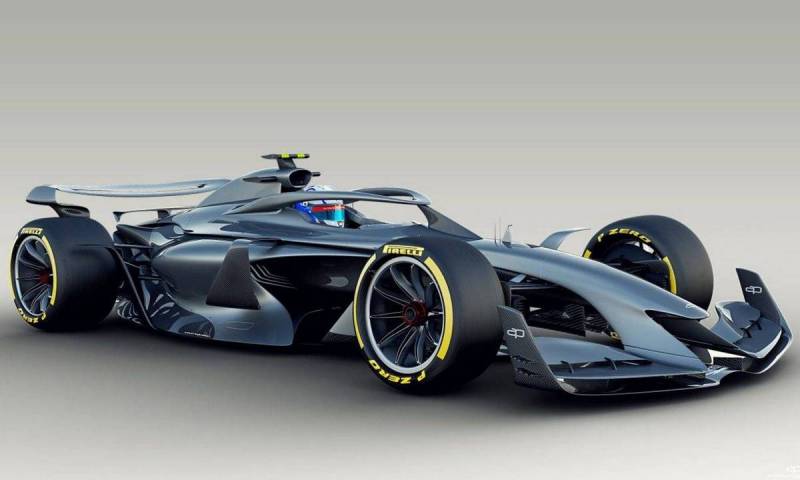
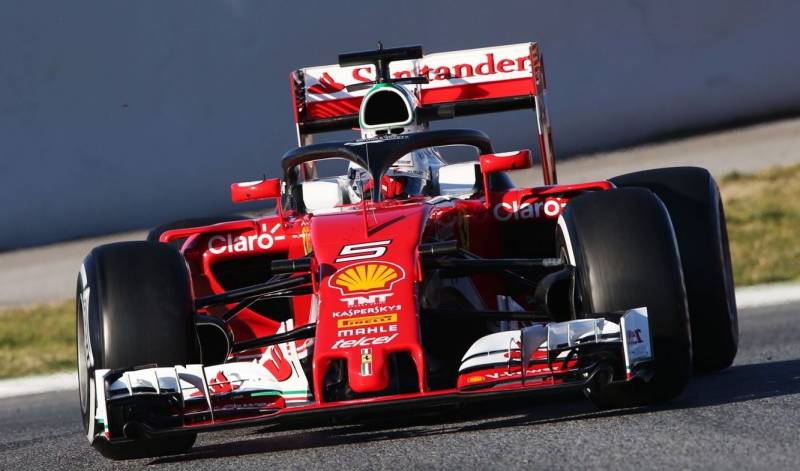
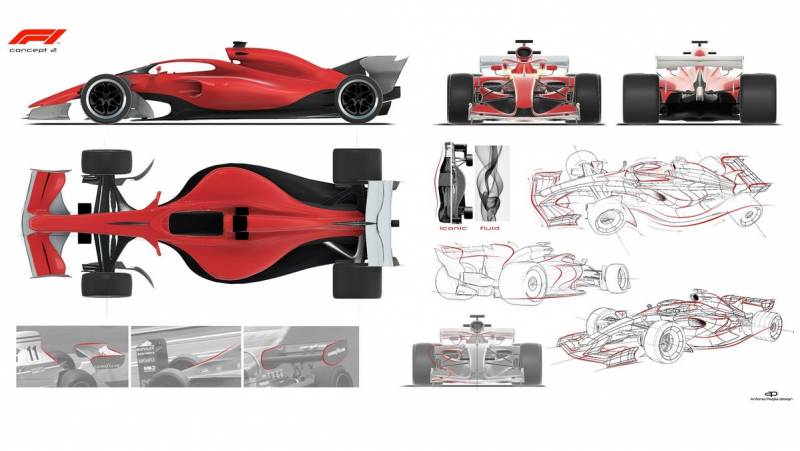
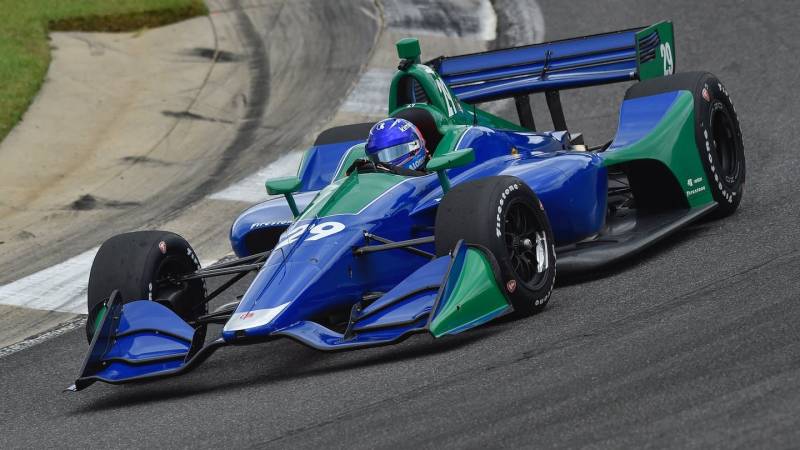
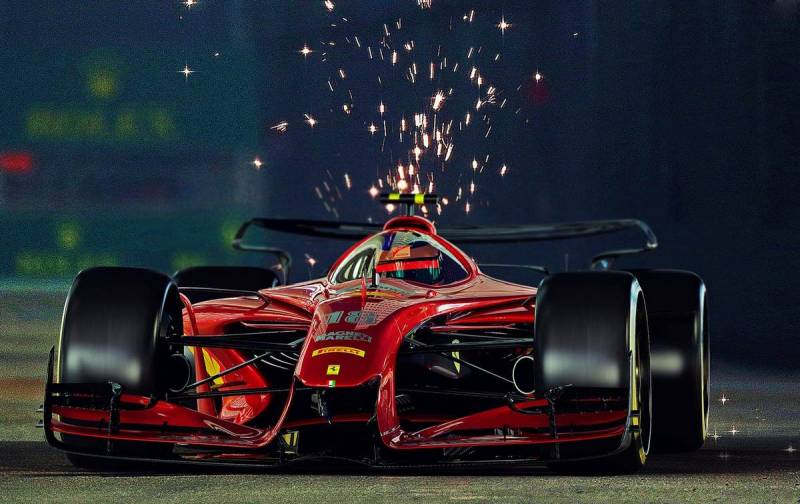
Information